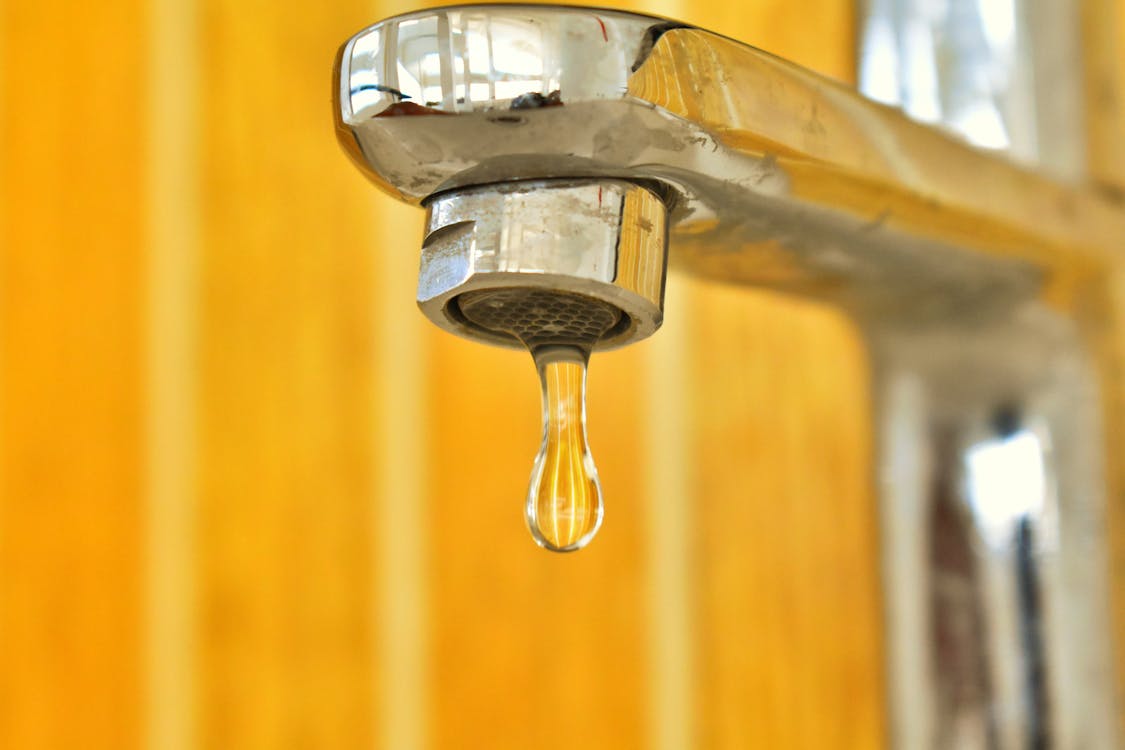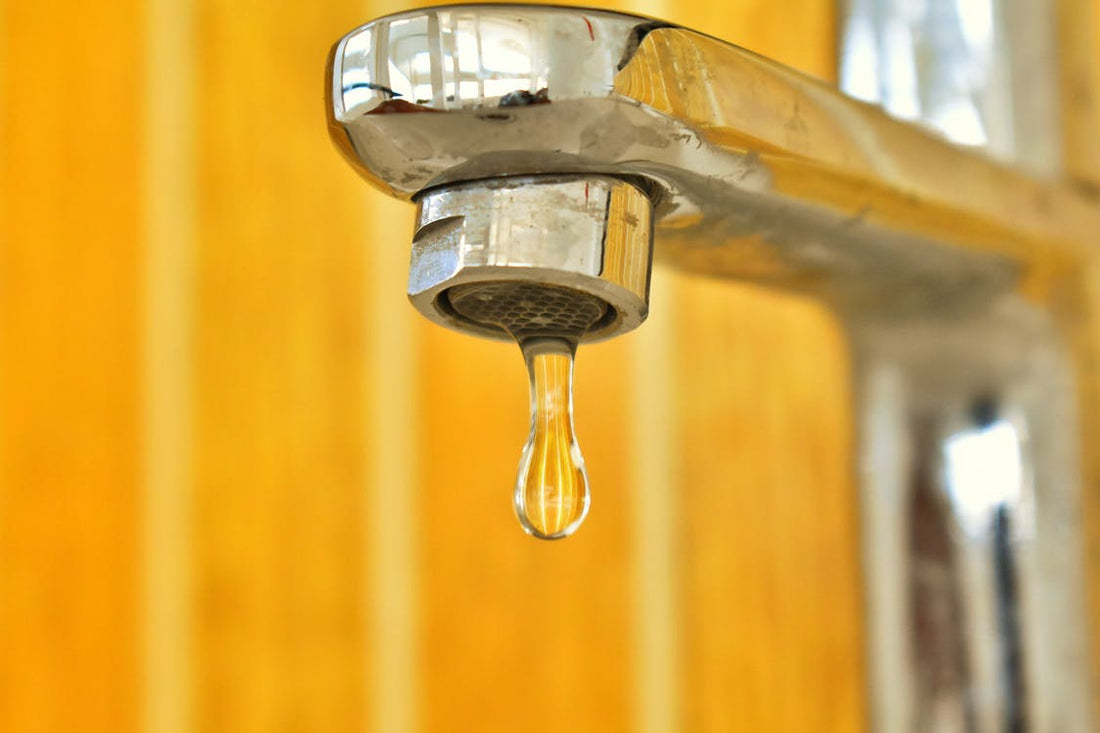Lead in tap water is a major threat to people’s health, and it's a concern for homeowners, who are looking to address the issue. Lead is a type of metal found in the air, soil, food, paint, dust, and tap water. High levels of lead in tap water could negatively impact your health.
Exposure to lead can cause high blood pressure as the metal can easily enter the blood. It may also cause excessive damage to your brain and kidney, interfering with the production of red blood cells. This can be life-threatening, so it’s important to determine if there’s lead in your tap water and what you can do about it. Read further below to find out.
 Source: c
Source: c
How Can Lead Enter Tap Water?
The U.S government has taken various measures to ensure that lead doesn’t contaminate tap water, but the chances of it happening are still high. If the lead service line in your home connects to the main water line, there are still chances of lead getting into your tap water. Even if you don’t have a lead service line, lead can still enter the water as you may have chrome-plated brass faucets, galvanized iron pipes, or lead piping in other places.
There are many drinking water fountains and sources that link to lead-lined tanks, making the tap water unsafe to drink. Other plumbing fixtures, such as washing sinks, lab faucets, spigots, and hoses also, may contain lead as well. This is how lead can get into your tap water, but it can also get into your drinking water, which is even more dangerous.
When the lead in pipes reacts with the water, the metal gradually enters drinking water as well. This process is known as corrosion, and it’s how the metal from fixtures and pipes tends to dissolve. This reaction is faster if the water has a lower pH.
Amount of Lead Entering Tap Water
The amount of lead present in your tap water can help determine the extent to which your family is exposed to the metal. This way, you can gauge, whether or not the lead has severely affected your health and if you should consult a doctor. The lead content in tap water depends on a few things, such as:
-
The amount of water in your pipes
-
Temperature of the water
-
Acidity and alkalinity content present in the water
-
The amount of time the water stays in the pipes
-
Coatings or protective scales present on the pipes
-
The amount of lead tap water comes in contact with
-
The amount and types of minerals present in the water
How to Know If Lead is Present in Your Tap Water?
It is difficult to detect whether or not there or not your tap water is contaminated with lead as it is difficult to see, taste, or even smell this metal. Lead can be present in both tap water and drinking water. To know if it exists in both, you must identify the different potential sources of lead that could be present in your household plumbing and service line. To know if there is lead present in your service line you will have to ask your water provider if there is any lead service line that provides water to your home.
You must also determine if there are any ways to remove the lead service line that goes directly into your home. While this is an important step, the process of replacing the service line increases the chances of lead exposure during the replacement process. The whole ordeal takes about 6 months or even more, so you can imagine the amount of lead the system gets exposed to.
Another way to find out if there is lead present in your tap water is by testing the water. You can ask the public water system company to test the water for you as many do that upon request. The results that come from the lead water testing vary according to the current season, flow of water, sampling method, time, and other factors. So there is a slight chance you’ll get different results by testing water from the same line at different times.
The Risks of Having Lead in Water
One of the biggest risks of lead water exposure is that you start experiencing many health issues. The effects of lead in water are more severe in infants, pregnant women, and young children. Excessive exposure can potentially lead to brain damage and stomach issues. It can also cause major problems in the kidney, thereby interfering with the production of red blood cells. Remember, these cells spread oxygen through your entire body.
Many scientists have found a link to the risk of lead water exposure directly to infants, young children and pregnant women. Lead in tap water may be one of the reasons some children have a lower IQ level, as lead affects the brain directly. Many adults who struggle with high blood pressure have faced high exposure to lead water. The bones in our body store lead and release it throughout the body gradually, which is when the health issues start rising. Unborn children are at the risk of exposure to lead from the mother’s bones. This has a direct impact on the baby’s brain development.
 ttps://cdn.pixabay.com/photo/2020/02/04/16/53/hand-washing-4818792_960_720.jpg
ttps://cdn.pixabay.com/photo/2020/02/04/16/53/hand-washing-4818792_960_720.jpg
Ways to reduce Exposure of Lead from Tap Water
While water testing and checking out the filter system are ideal ways to determine if there’s lead in your water, you can do a few other things:
-
Avoid boiling water to reduce lead
-
Don’t use hot water from faucets, especially for infants
-
Throw away products that could contain lead, such as paint, toys, and jewellery
-
Conduct regular water tests
-
Use tap water once it cools down
Check out some ways on how you can purify tap water at home.
Takeaway
Now that you are aware of how lead can get into your tap water, and the risks it comes with, you can start ensuring that your family uses lead–free water.






